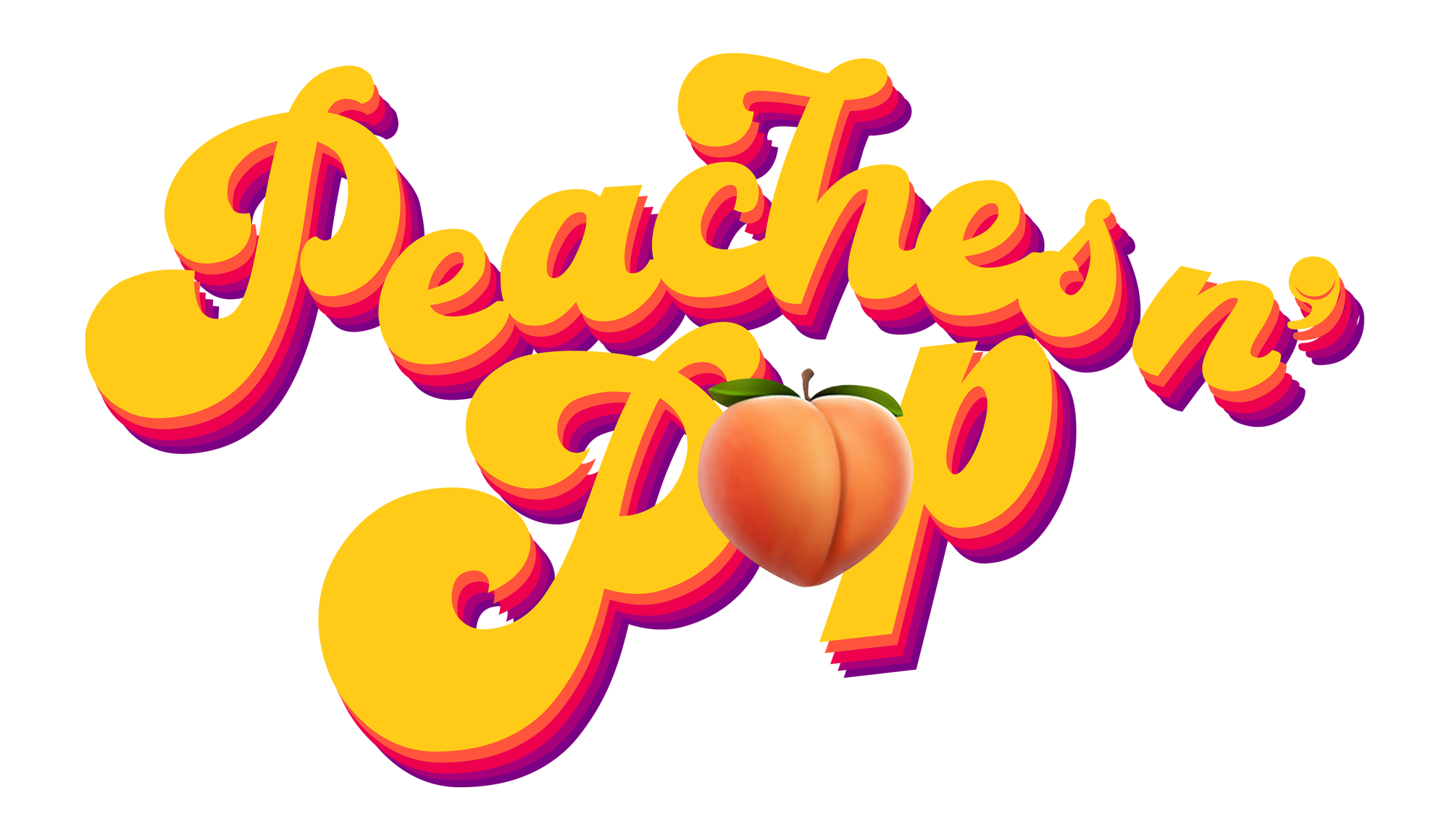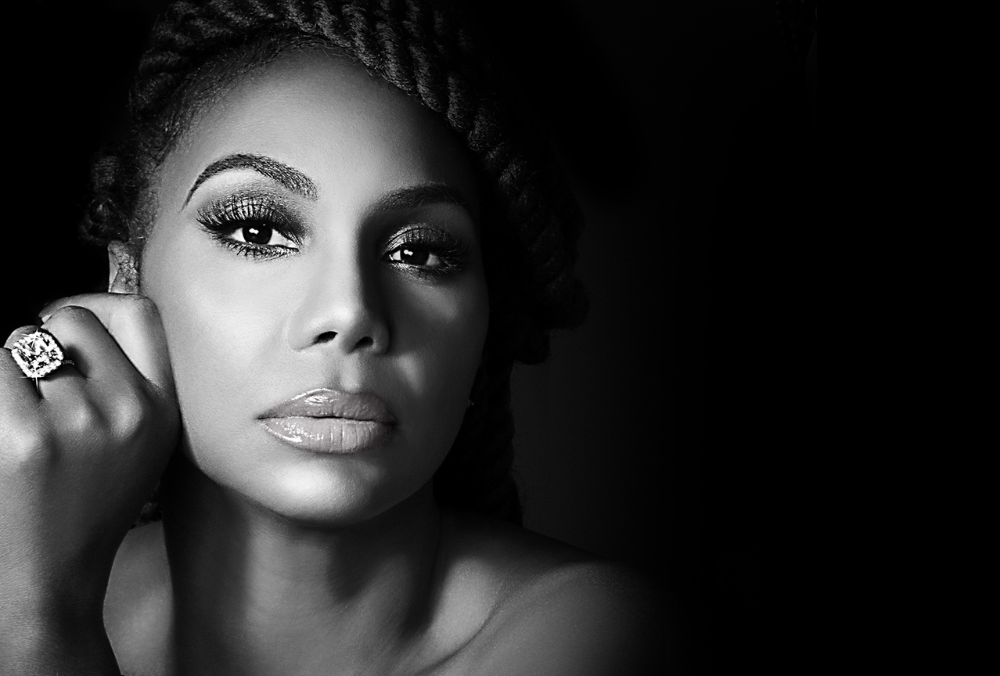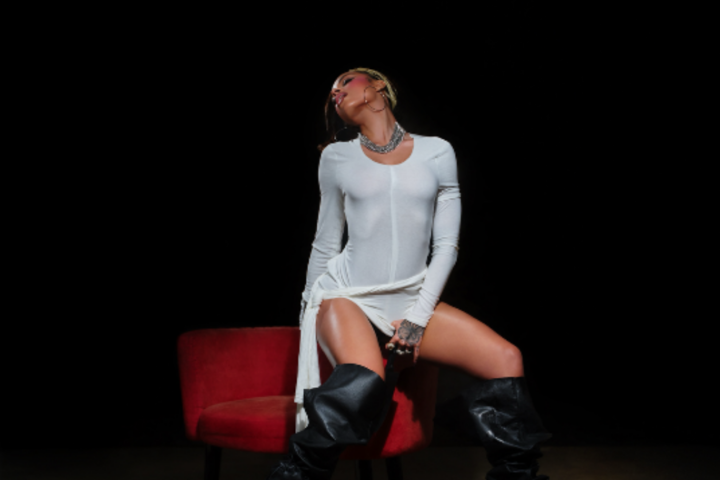Tamar Braxton returns to the R&B landscape with “You on You,” a single that foregrounds the complexities of mirrored behaviour in romantic relationships. Produced by Tricky Stewart, the track introduces Braxton’s forthcoming EP and marks her first major project since 2017’s Bluebird of Happiness.
Braxton crafts “You on You” as a direct reflection of relational dynamics, employing the metaphor of a mirror to expose cycles of emotional neglect and retaliation. The lyrics, “Can you tell me what you’re seeing / When I show you this mirror / I can’t blame you for leaving / But I can’t be any clearer,” situate the listener inside a dialogue where accountability and self-recognition are central. Braxton actively demonstrates the consequences of her partner’s actions by “pulling a you on you,” a phrase that encapsulates the song’s message of reciprocal behaviour.
The production, helmed by Stewart, leans into contemporary R&B conventions with a restrained, moody instrumental that allows Tamar Braxton’s vocal delivery to remain front and center. The arrangement avoids overproduction, instead utilising subtle melodic shifts and a steady groove to underscore the emotional tension in the lyrics. Braxton’s performance is measured; she refrains from vocal excess, opting instead for clarity and nuance, which gives the narrative weight and authenticity.
Since her last album, Tamar Braxton has navigated both personal and professional transitions, releasing a series of singles and collaborating with artists like Eric Benét and Tyrese. These collaborations, including the chart-topping “Something We Can Make Love To,” signal Braxton’s adaptability and willingness to engage with the evolving R&B scene. In “You on You,” however, she returns to solo storytelling, using her platform to address themes of voice, agency, and self-worth—a progression that mirrors the growth seen in contemporaries such as Jazmine Sullivan and K. Michelle, who also use lived experience as a wellspring for their music.
“You on You” has been released with a lyric and official music video, providing visual context that reinforces the song’s introspective tone. The track’s structure and messaging make it suitable for use in playlists and radio formats that favor R&B narratives centered on empowerment and emotional honesty. While the song’s depth lies more in its narrative framing than in musical experimentation, Braxton’s ability to articulate relational dynamics with specificity ensures its relevance in the current R&B environment.





